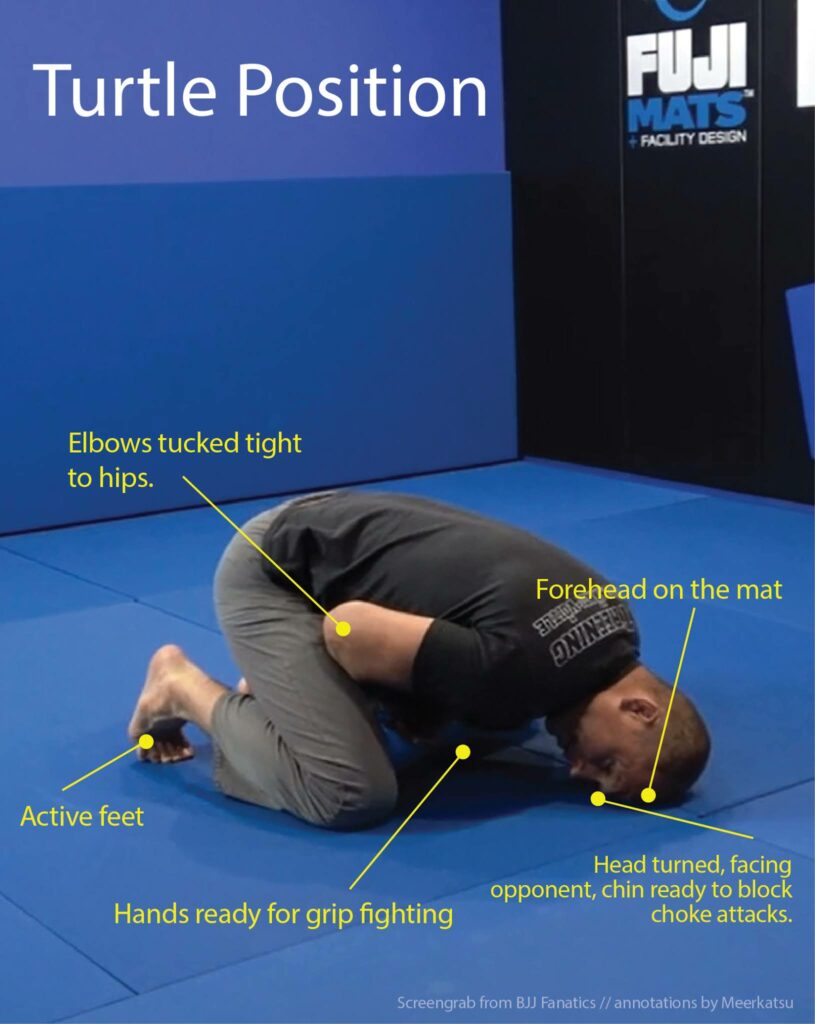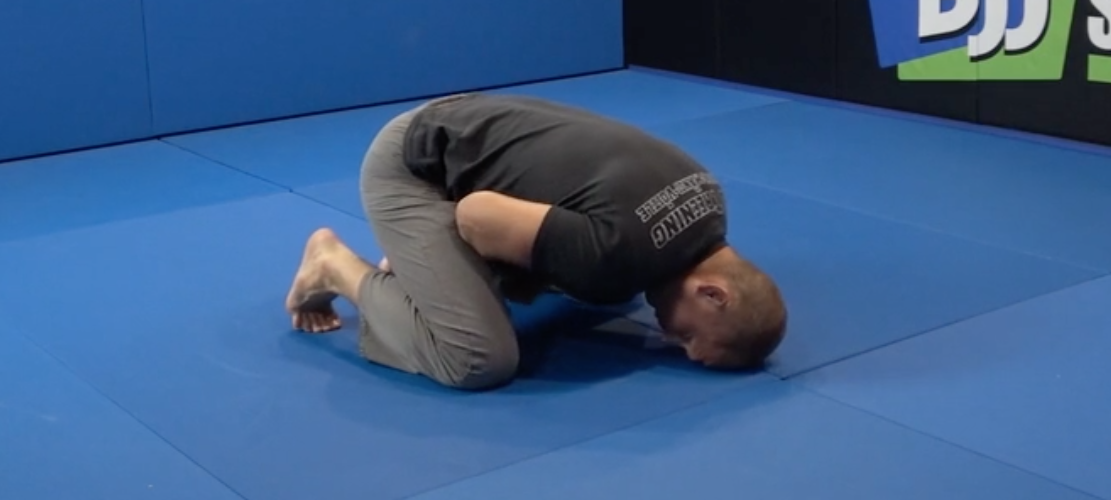When I first started practicing jiu jitsu, I was constantly pressured, pressured, pressured, and whittled/eroded down into ‘turtle guard’, as I watched my window of opportunity for survival shrunk smaller and smaller, where I’d then quickly get my ass ransacked and submitted.
I’d go home from class feeling like I’d completely forgot whatever I’d learned, had no clue what happened, beyond the fact just that I’d been savagely tapped forty or fifty times, cramped up, and had a collar burn on my neck.
After 8–9 months, someone in the changing room was making small talk; asking me how I was enjoying jiu jitsu, etc., then asked “What’s your favourite position to play?”

I laughed and replied, “I don’t get an opportunity to play much of anything, I’m just a nail in a room full of hammers, but the positions I spend the most time in are going to be either bottom side mount, or turtle guard.”
To which he said, “Turtle guard’s not great because you’re giving up your back, but if you find yourself there a lot… you should check out Priit Mihkelson… He’s got a DVD on turtle that’d be great for a white belt, and it’ll teach you to get comfortable there, and how to get out of there safely.”
The thing was, I wasn’t “choosing” turtle guard… I was just “getting put” there (rather forcefully, I might add!), so any opportunity to learn how NOT to get put there was top of mind, and right up my alley.
I went home and searched ‘prit michaelson’ on YouTube, and… everything changed.
Turtle as a guard. Defensive jiu jitsu.
Next class I decided to put myself in Turtle Guard™️ and see how long I lasted, and felt like I’d instantly levelled-up.
Three things happened:
- It worked. Whenever I got put there, I knew how to survive. White and blue belts had no idea what to do with me. (Purple belts ate my food, but that’s to be expected)
- Because I could survive there in a fairly static position, I could catch my breath, and for the first time ever I was able to THINK instead of simply getting corralled around the mat in a state of panic – this lack of pure panic led to me having a “better” gas tank, not because of any cardio, but because I spent significantly less energy.
- It was the first place I had my bearings enough that I could remember specifics of how it broke down so that after class I could go brush up on how to stop that from happening again, etc.
These benefits, of course, rippled outwards and had other, indirect benefits.
My jiu jitsu changed and I felt more comfortable everywhere (except knee on belly)
Once I realized how beneficial energy conservation and the ability to think was, the spazzy stuff all just kinda stopped.
It began to melt away.
I started to roll with a sense of relaxation (not really the right word but you get my drift), and the knowledge that thinking about surviving (rather than worrying about it) is a faaaaar more productive approach.
It’s possible that was coincidentally happening at a natural turning point, but it seemed so natural that I’ve always told new white belts that a couple runs through Priit’s turtle seminar on youtube is worth it’s weight in gold.
Meetkatsu has an in-depth overview of Priit’s various defensive postures which acts as a great ‘deeper learning’ article to expand on what you’ll learn as a newfound Ninja Turtle.
